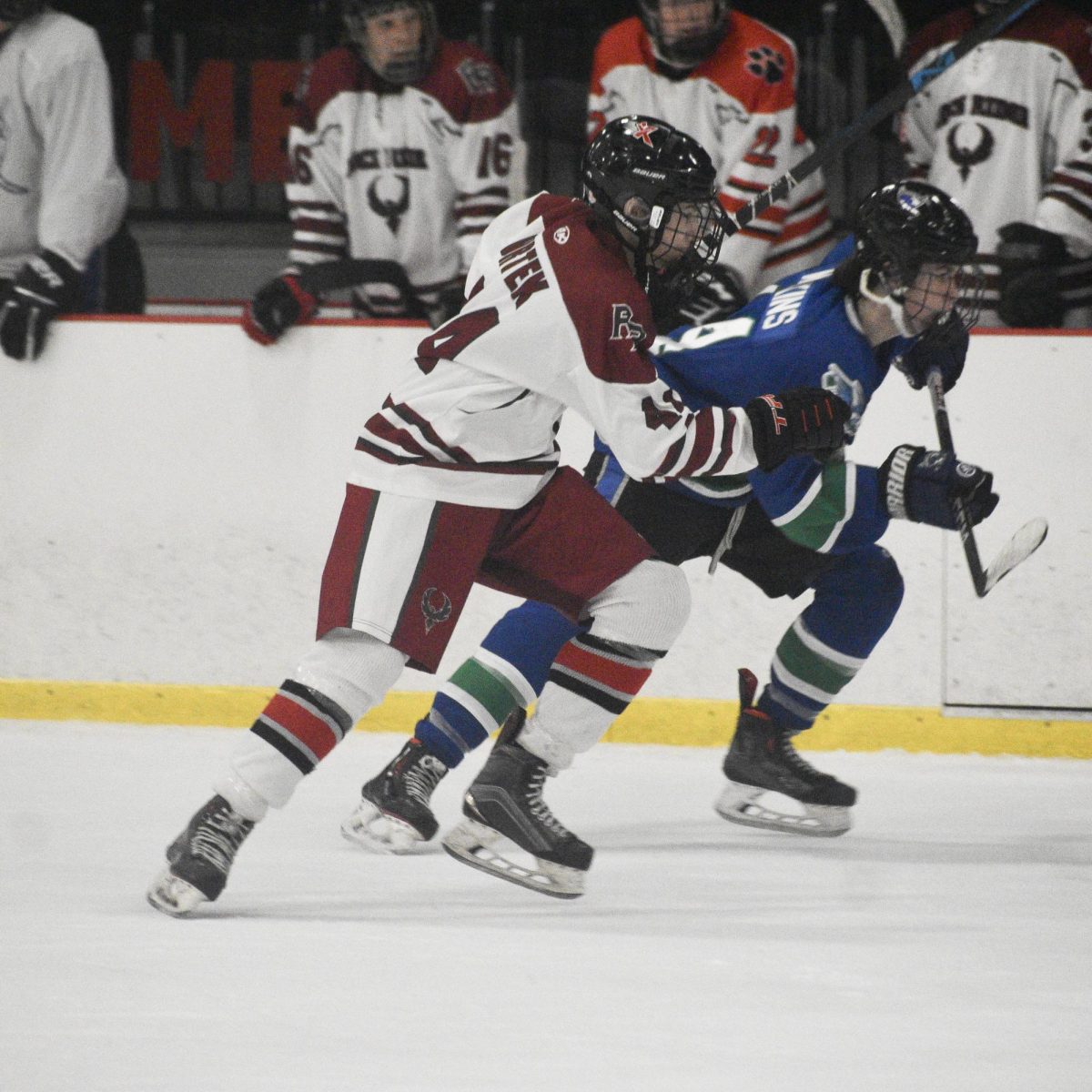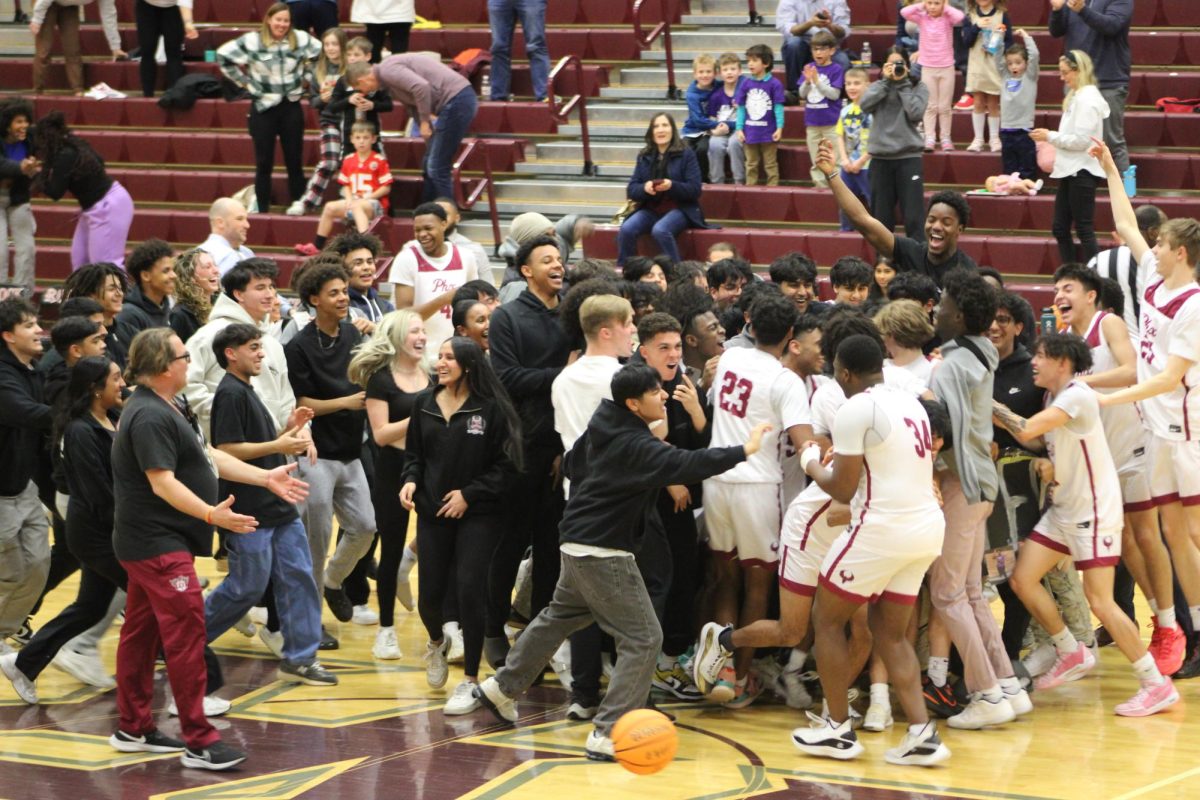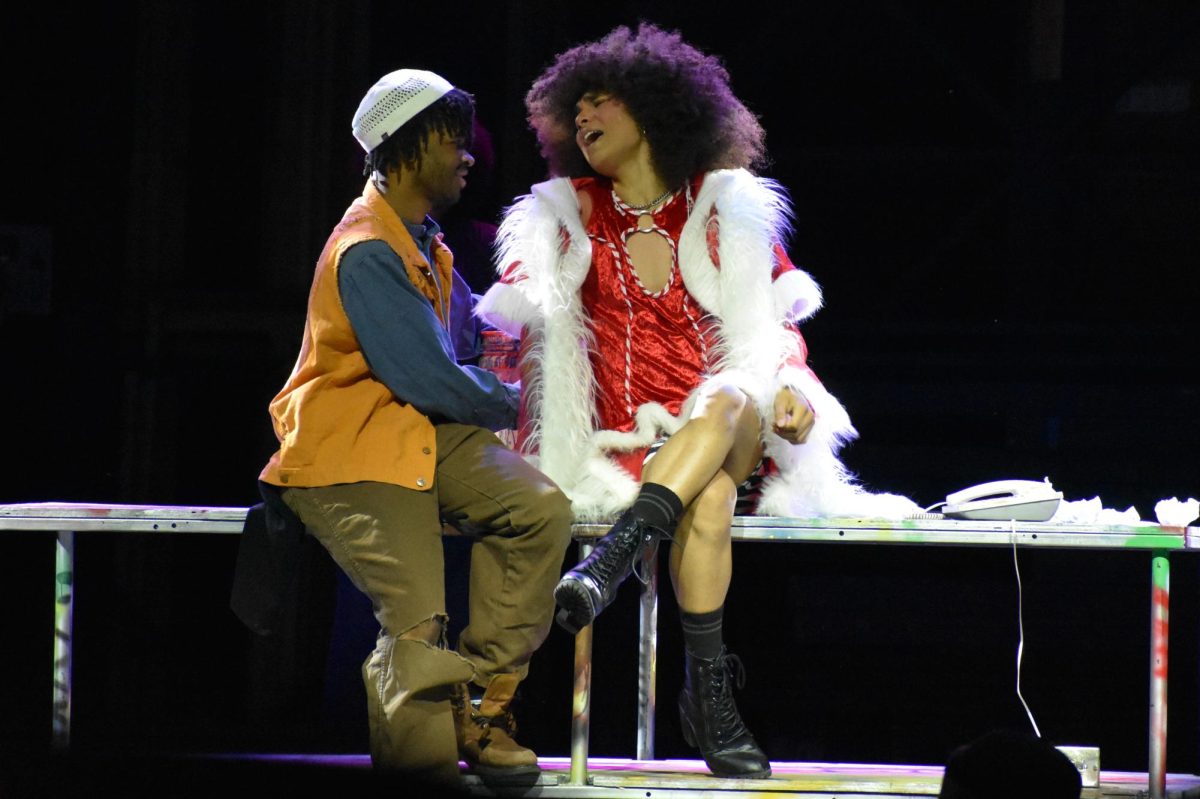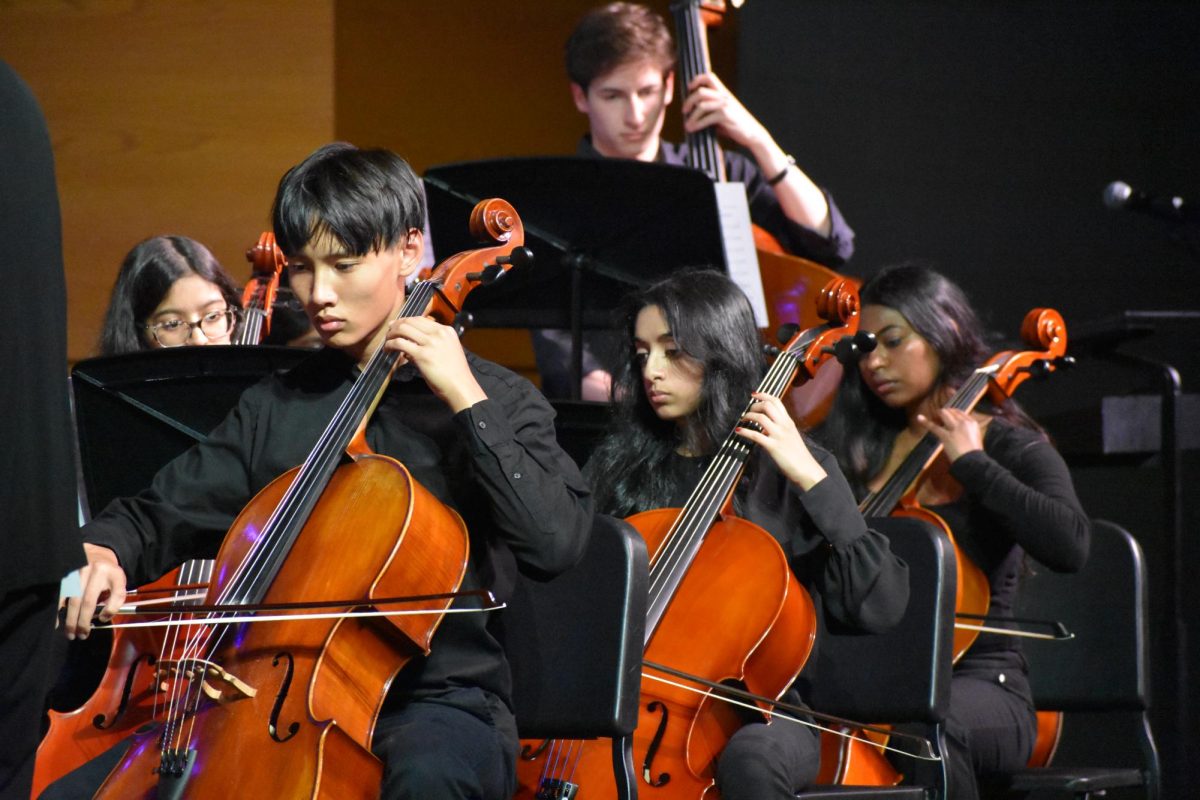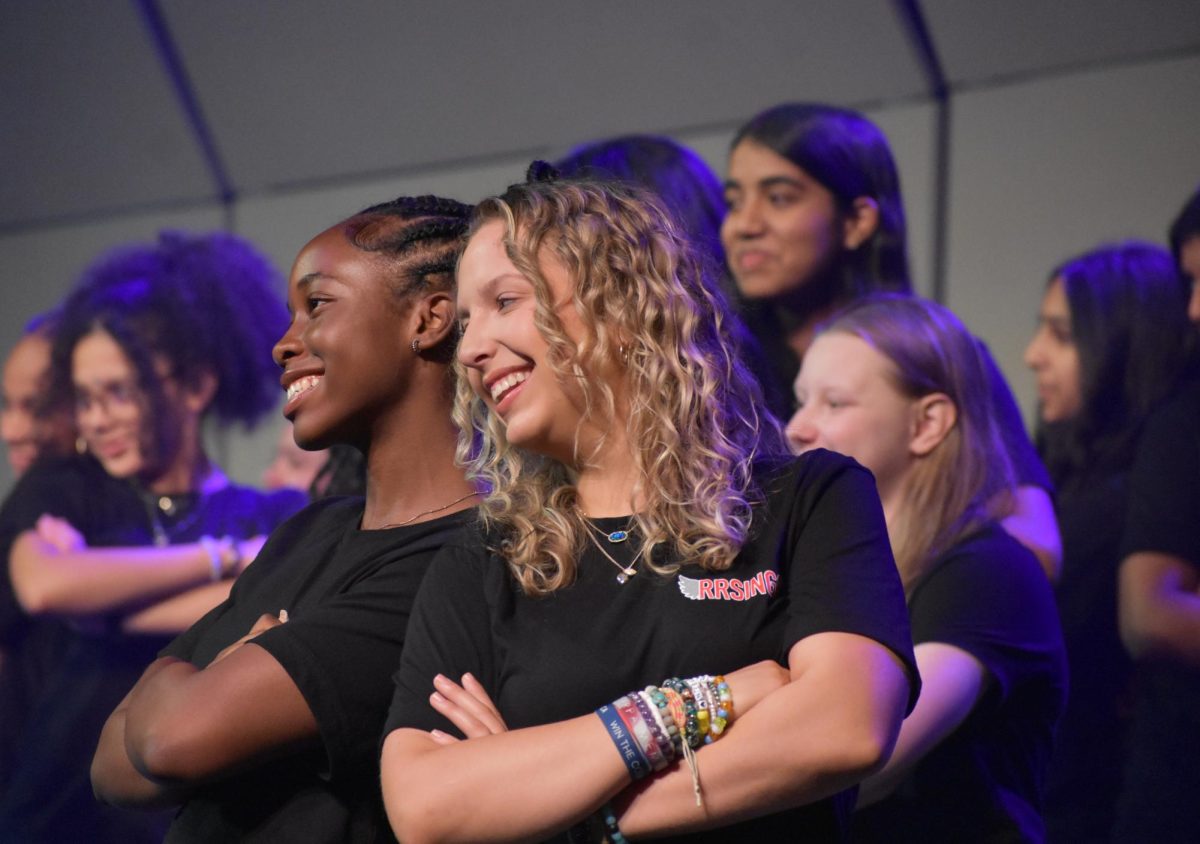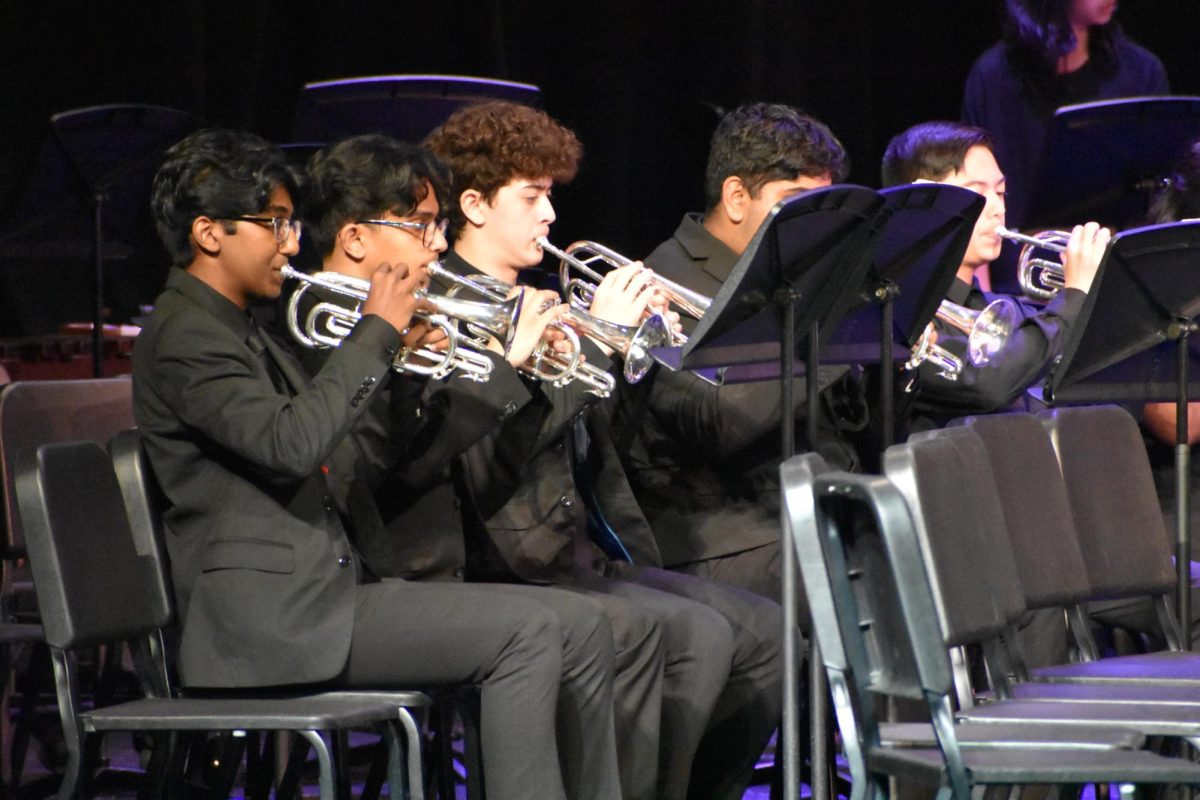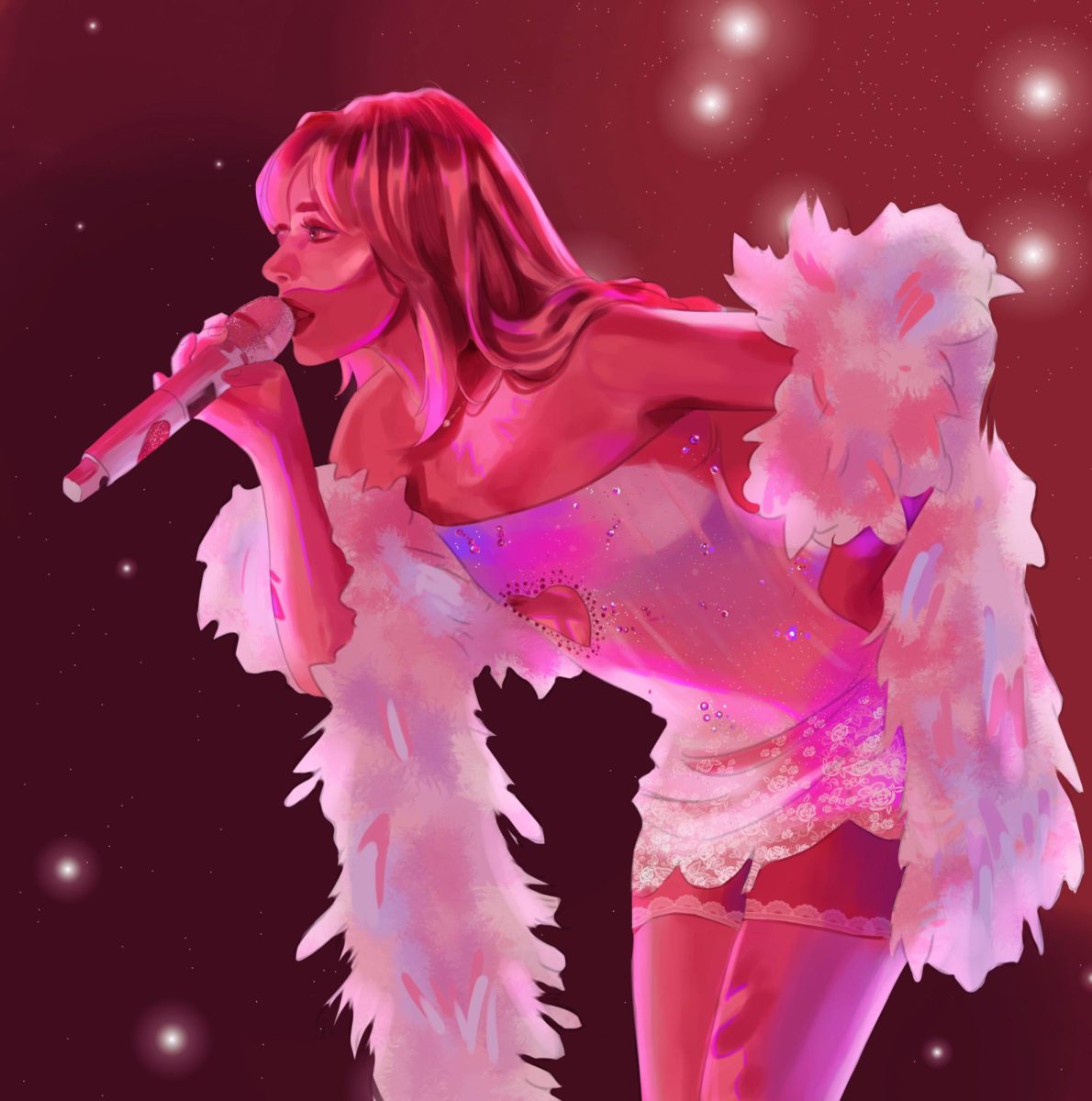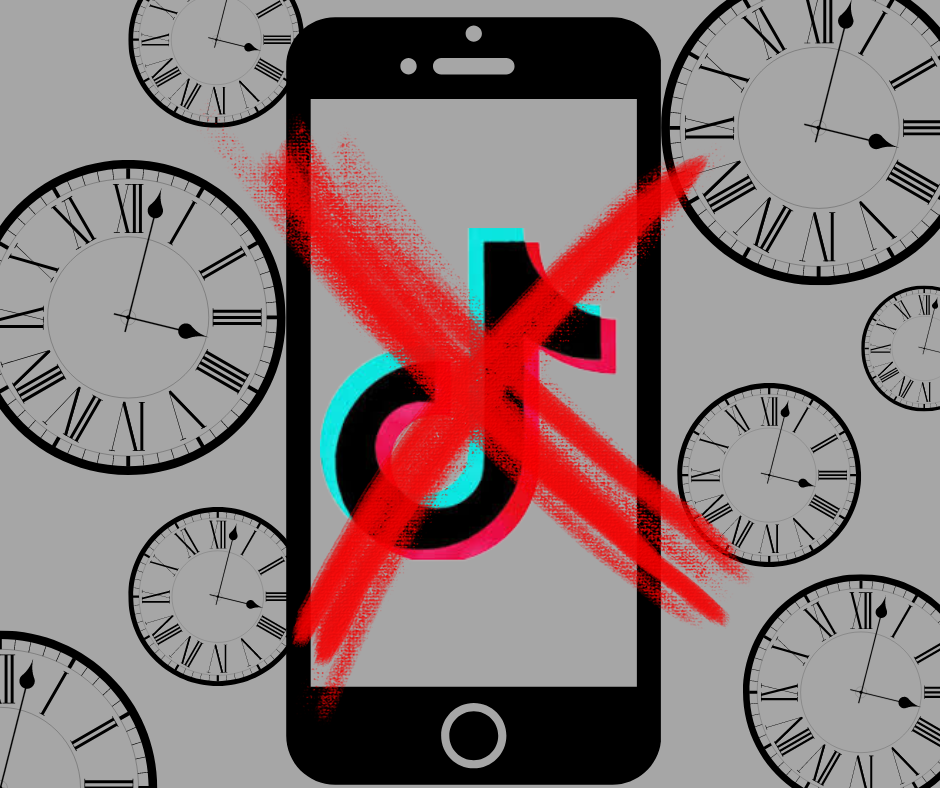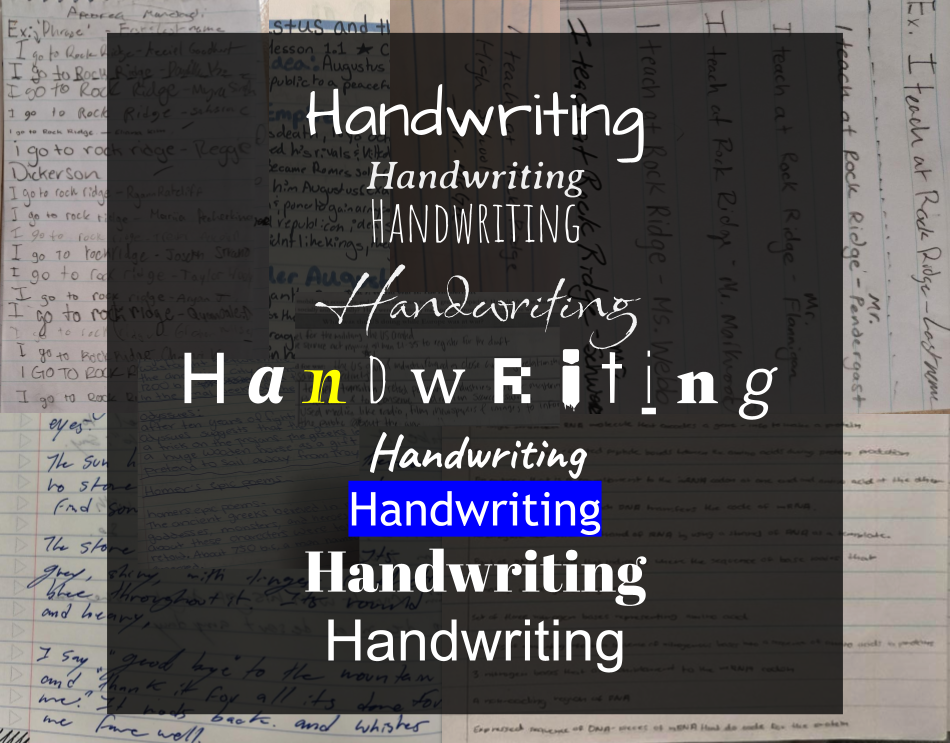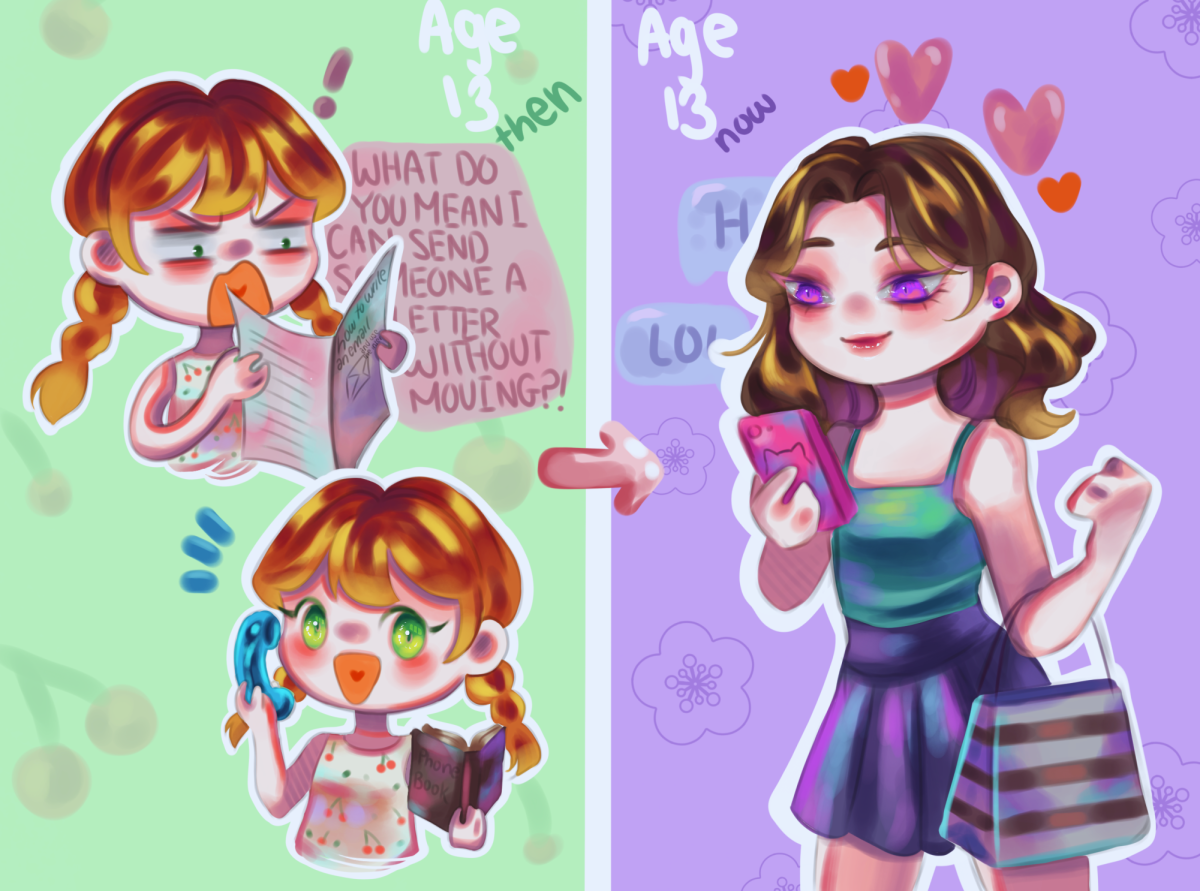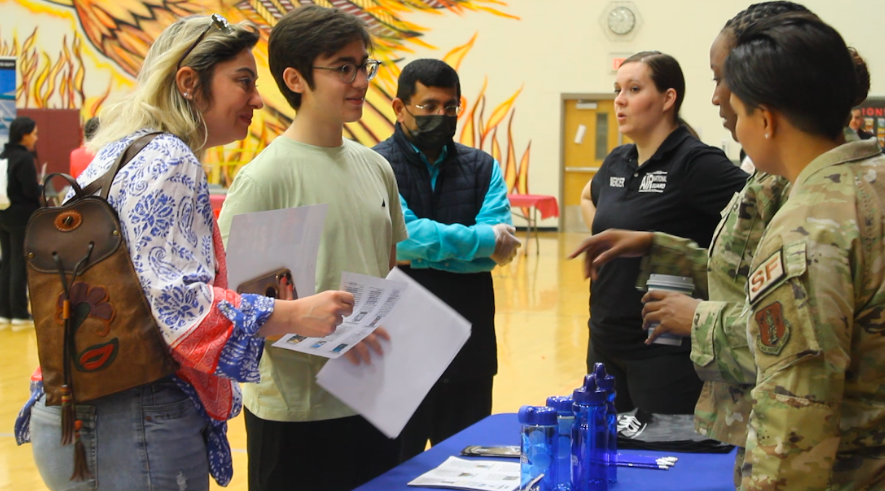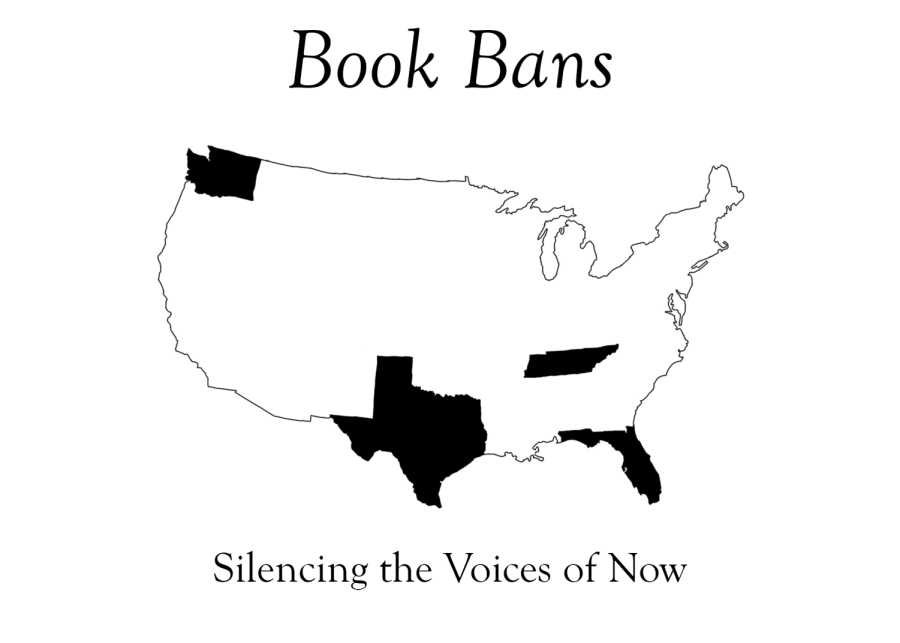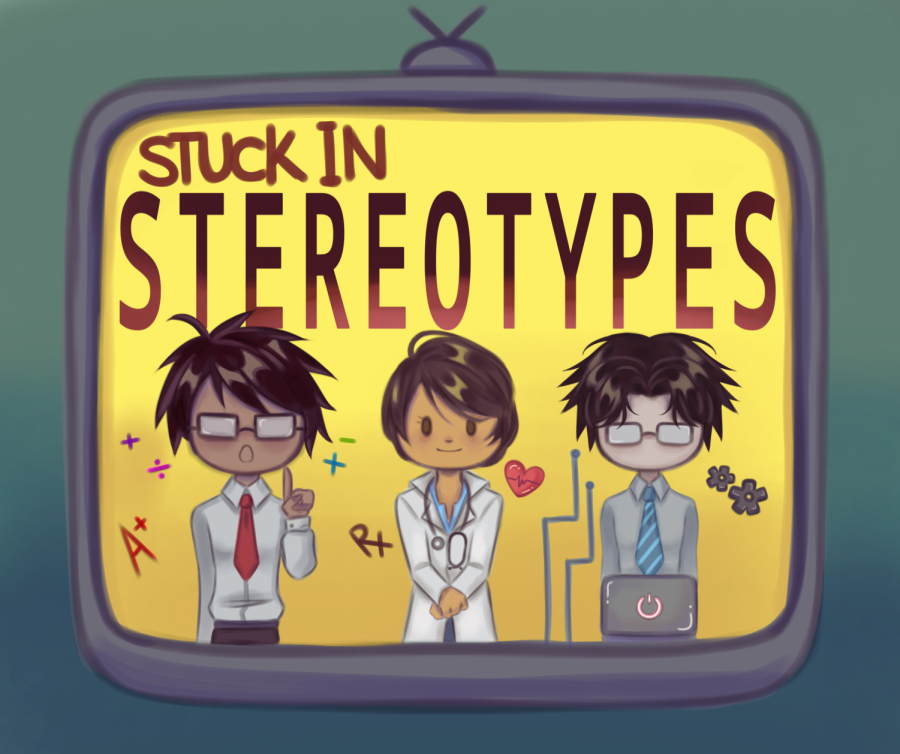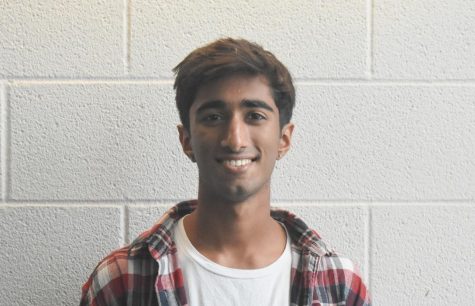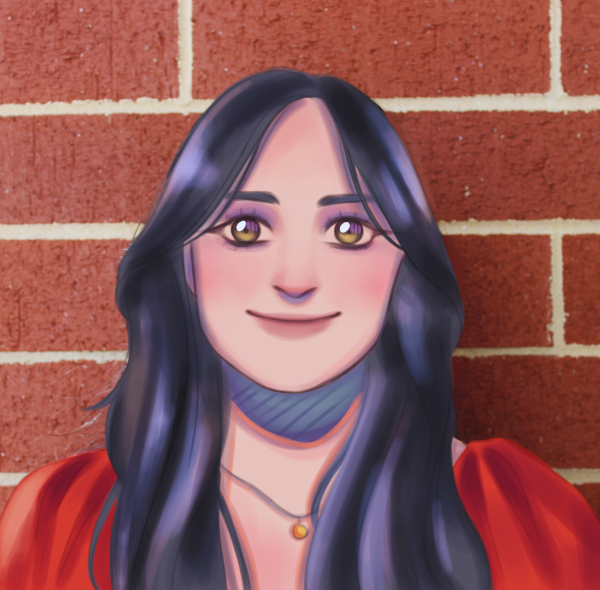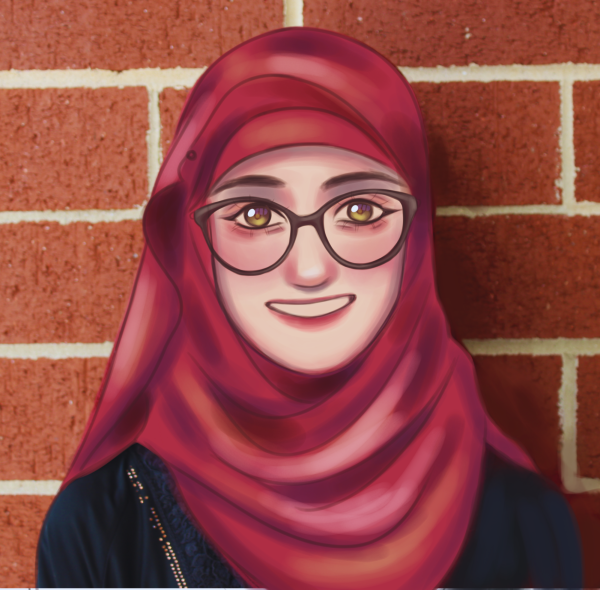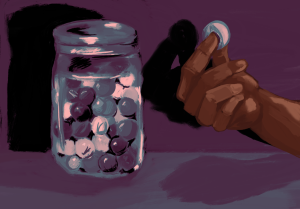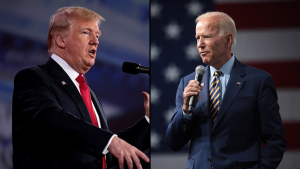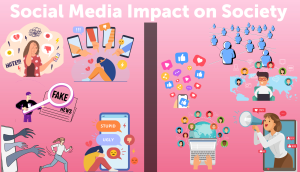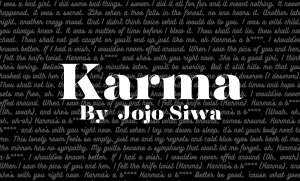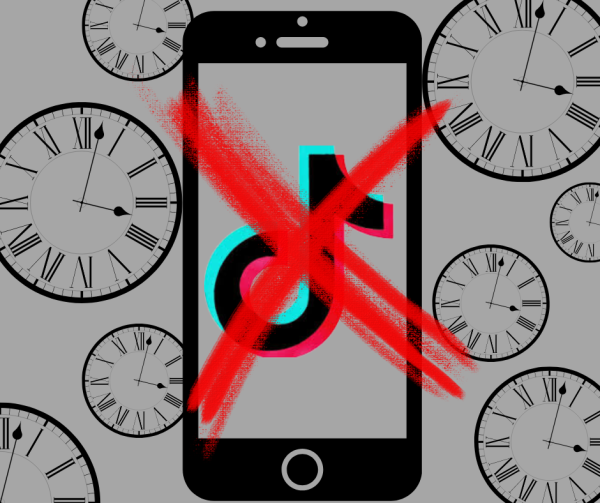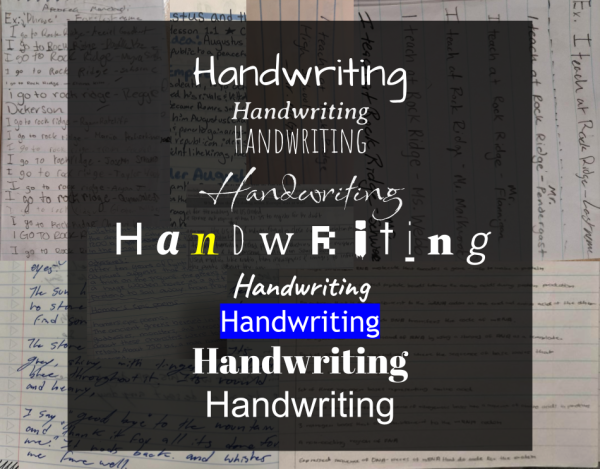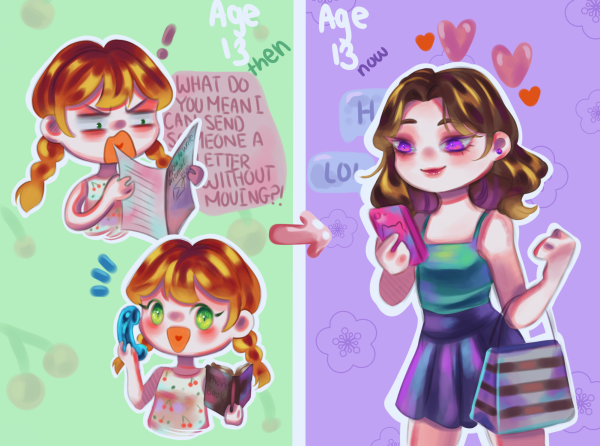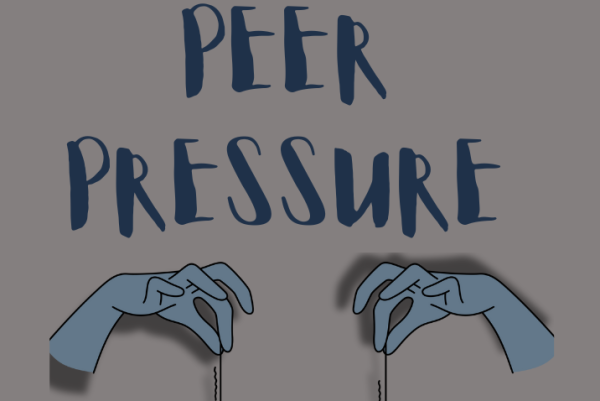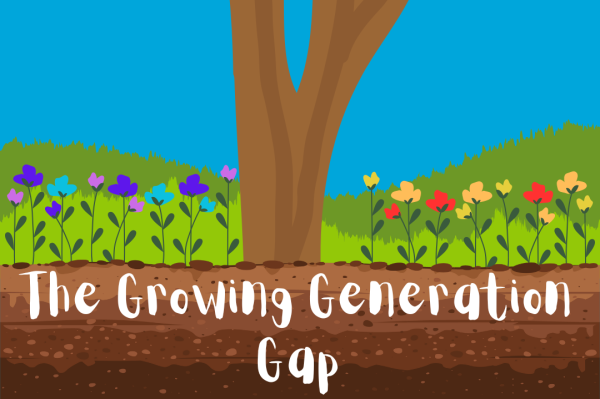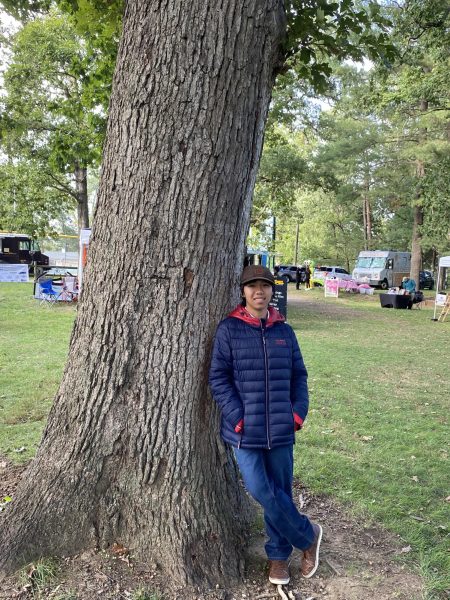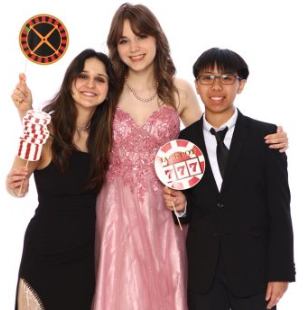Stuck in Stereotypes: Indian Misrepresentation in Media
While South Asian representation in pop culture has grown exponentially over the past two decades, the constant portrayal of South Asian actors and characters through stereotypes has turned a celebrated cultural diaspora to a damaging generality.
From the expectations of a perfect SAT score to attending medical school to getting a degree in computer science, the profile of what someone from an Indian background “looks like” has not deviated much from its original mold.
May 31, 2023
Noses in a book, glasses pushed up their face, and backs hunched over desks in their bedroom is where you’ll find every Indian living in America – at least according to Hollywood. Whether it’s the typical “nerdy” pre-medical poster child, or other harmful stereotypes like being known as cheap, unhygienic, and unattractive, Indian representation in media has consistently missed the mark in creating an accurate portrayal of such a large ethnic group.
Stereotyping Indian Youth
When the Netflix show “Never Have I Ever” first hit the platform in 2020, no one was more excited than the millions of Indian Americans across the country who have been anxiously waiting years for a lead character to resonate with. However, the eagerness that came with seeing an Indian female lead soon faded as many realized it was another disguised attempt at furthering the norm, even though it appeared to do the opposite. When viewers tuned in, they were met with the classic, “I need to be valedictorian and go to Princeton,” trope, as well as the, “I wish I was popular and romantically experienced,” motivation for the character throughout the plot. In a poor attempt to ‘switch up the script’ by making Devi attract the attention of not only one, but two guys at the same time, the show indirectly promoted a harmful mindset. The idea that this notion was so shocking because she was an Indian and “too ugly,” and therefore wasn’t worthy of the “hottest” boy in school, reaffirmed something Indian American teens deal with daily: the feeling that they are unwanted by society’s standards. Instead of celebrating this massive leap in representation, most Indian teens living in America grew to resent the show, as the insufferable lead proved to be a confirmation of a reality so many of them feel — that they’re never escaping this stereotype.
Junior Varsha Korumilli, a passionate consumer of South Asian media in all of its forms, faces this dilemma each time she tunes into an anticipated portrayal of Indians in a new setting. “I think that the media is getting better at including Indian teens on the big screen and in the entertainment industry, but the stereotype of these teens still remains an issue,” Korumilli said. “Most of the Indian teens represented are not accurate to reality, and end up just feeding into the harmful stereotypes of what Indian kids are like.”
While “Never Have I Ever” may have been a meeting of old clichés and new narratives, there is one trait, typically a staple for characters of Indian descent, that always stands above the rest: being academically inclined. Historically, Asian Americans have often been referred to as the “model minority.” The implication, derived from the intense rigor of schools in countries where many people of Asian descent have immigrated from, further pushes the belief that education is the only thing that matters to students of Indian descent. An extremely obvious example of this stereotype is Ravi from the popular Disney show “Jessie.” Throughout the show, Ravi is shown as a physically weak, unathletic kid with a stereotypical thick Indian accent, who’s only really valued for his intelligence by his few friends and often ends up as the punchline of a demeaning joke. Ravi is portrayed as a strict rule follower, who never wants to do anything fun — but gets excited at the thought of doing schoolwork.
When these stereotypes bleed from the TV screen into reality, it demeans and discourages Indian youth from expressing themselves authentically. “Many people make comments about me taking a bunch of AP’s and how that ‘makes sense’ because I’m Indian,” Korumilli said. Although outwardly this comment may seem like a compliment, it is nothing if not backhanded. Whether it’s not being invited to events due to an anti-social assumption, or being criticized for the amount of effort they put into homework, being “smart” as an Indian has shifted into somewhat of a derogatory insult.
However, it is important to acknowledge that many of these pressures to fit the bill come from Indian households themselves, as a result of certain ethnic core values. Out of an insistence to be “the best,” a toxic culture surrounding academia has formed in many Indian enclaves of the United States. Children who choose a career path not in the field of STEM, such as one in the arts and humanities, are looked down on. Each decision an Indian child makes is automatically judged by the hundred eyes in the overarching community, and being unconventional simply isn’t an option for most.
Colorism
Colorism, in all of its forms, can be found across various ethnic groups throughout the world. Individuals living in colorist communities are often prioritized or disregarded depending on the shade of their skin tone. Indian communities are no exception to this idea. Many Indian kids remember their parents discouraging them from playing outside in the sun too long, for fear of them turning ‘too dark.’ This association between beauty and skin color is further compounded when popular Bollywood stars flaunt sponsorships with skin lightening products, designed to promote the idea that fair, light skin is a sign of beauty. This colorist sentiment is pervasive in Indian media, especially in Bollywood. “The glorification of fair skin has been present in our films for a very long time and reflects the bias of our society,” Indian actress Nandita Das said in an interview with The Guardian. “When I play a slum dweller or a Dalit (untouchable caste) woman, my skin is perfect, but directors tell me to make my skin lighter to play affluent upper-class roles.”
Elitism and colorism in Indian media casting isn’t confined to India; its effects can be seen throughout the Indian diaspora. Historically, characters of Indian descent from places such as the Caribbean, Pacific Islands, and other parts of the globe have experienced little portrayal in popular media. However, there is a growing movement to cast a more diverse set of Indian characters, ones that include Indo-Caribbeans, Pacific Islanders, and other underrepresented Indian groups. A proud descendant of the dual-island Trinidad and Tobago, junior Anna Dillah has long been searching for representation of her Carribean hearth. “[Recently], there is this girl [Sanam Harrinanan] who really represented our culture well in the latest season of ‘Love Island UK,’” Dillah said. “She’s from Trinidad, and I think she showed how proud she was of her heritage. [Her actions] show how we really rely on family a lot, and she represents that, I think, the best in the whole crew.”
Diverse representation in media, whether it’s in music, film, art, or literature, not only helps provide unique perspectives and backgrounds to stories, but also they allow audience members to see themselves represented in the characters they see on the screen. By maintaining harmful and insulting stereotypes in their media, and by not including any Indian characters that divert from the ‘norm,’ popular media from both Hollywood and Bollywood not only fail to encapsulate the diversity and richness of Indian culture, but also marginalize the lived experiences of Indian people across the world. If these media powerhouses truly pride themselves upon having diverse and widespread representation in their media, then it is essential that they actively work to combat these stereotypes of Indian people and ensure that Indian people from all walks of life are portrayed in a way that respects their uniqueness and diversity, rather than reducing them to a stereotype.

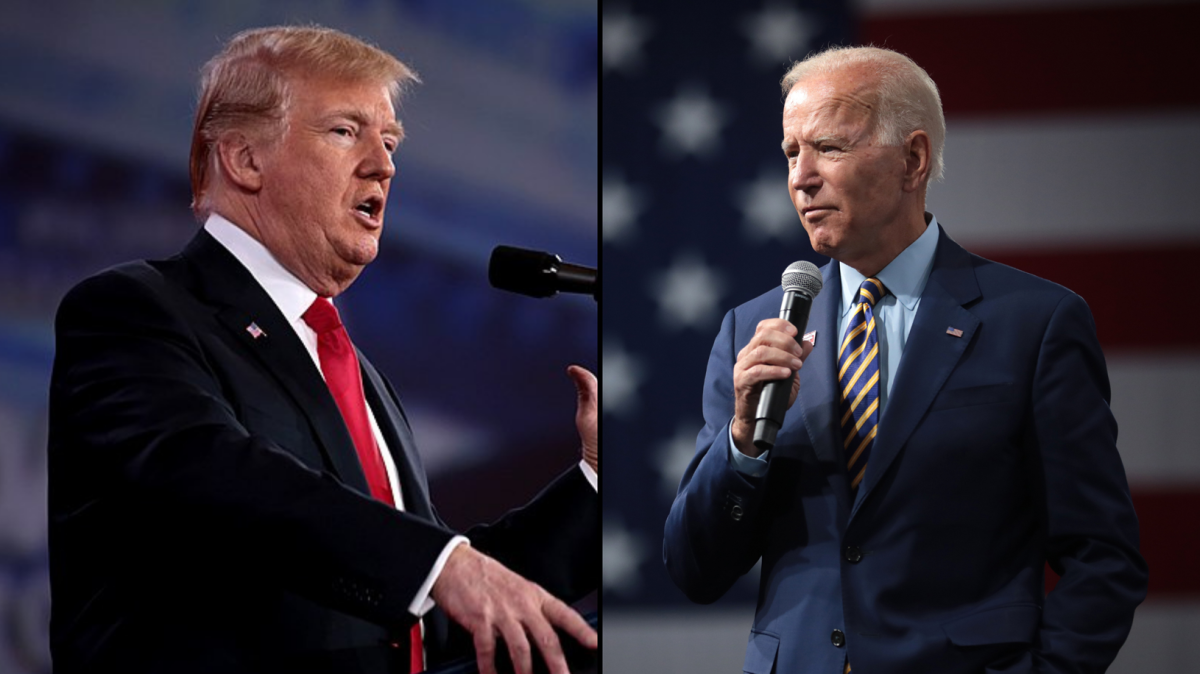

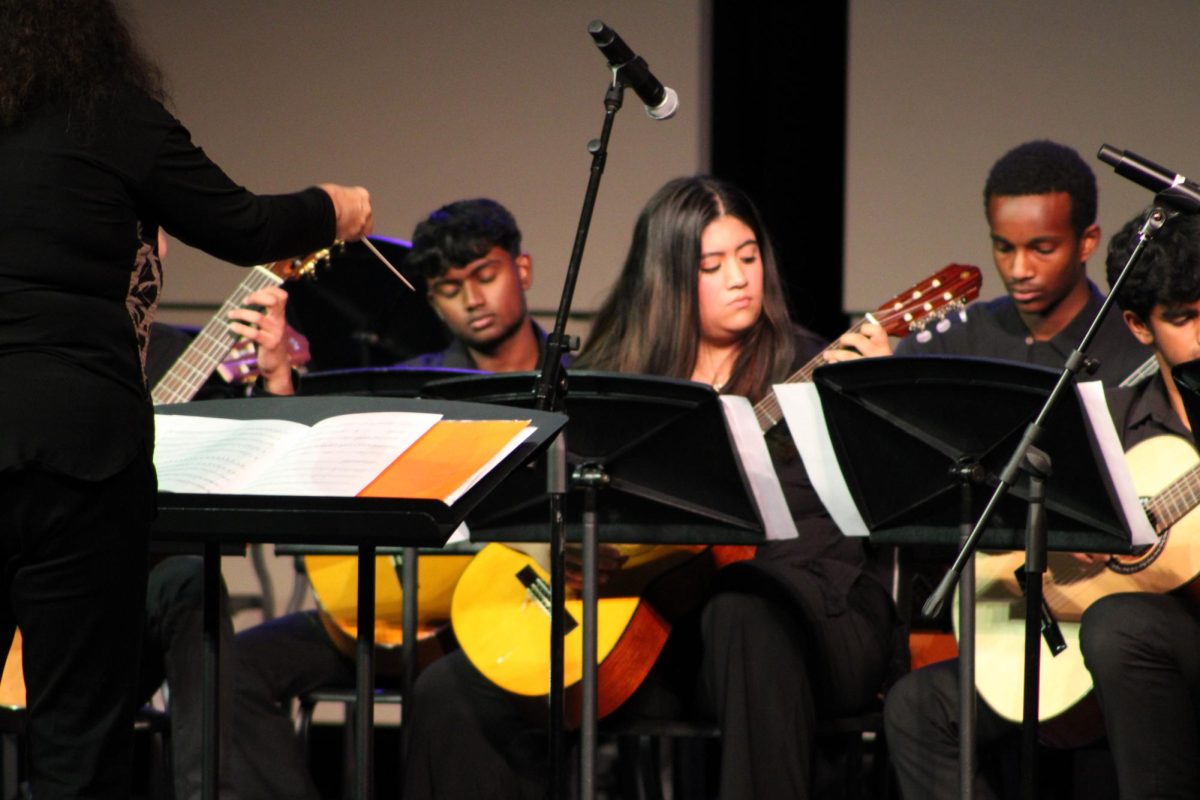
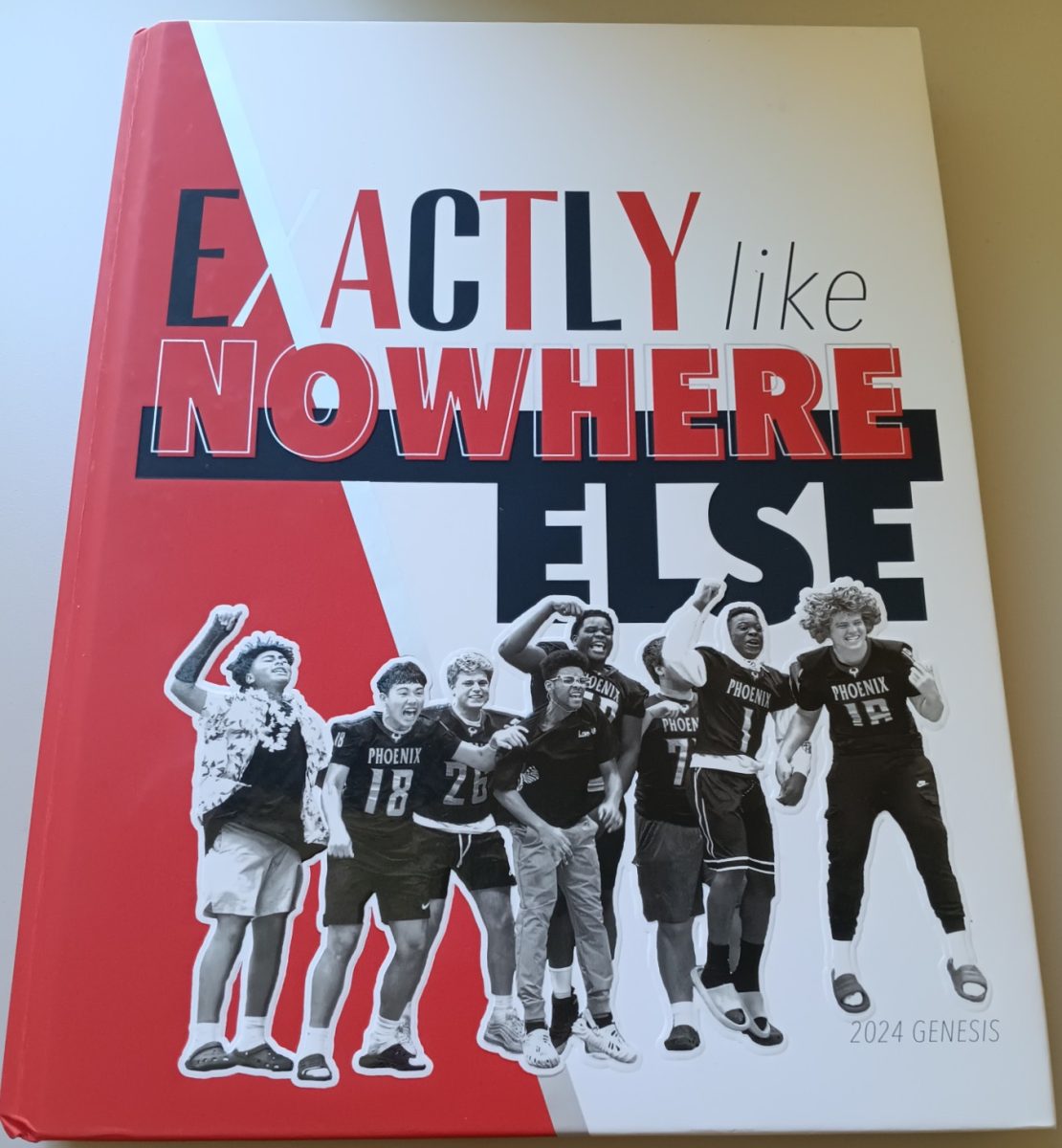
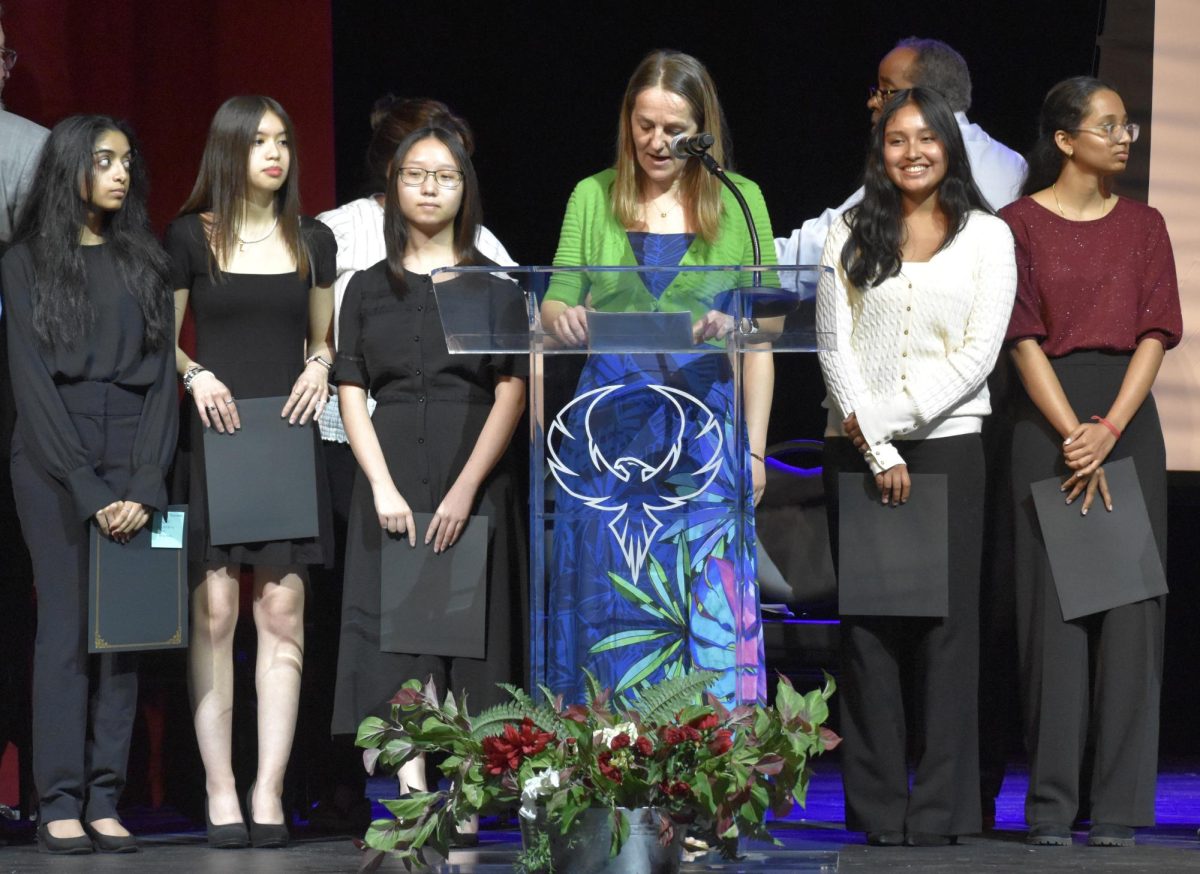
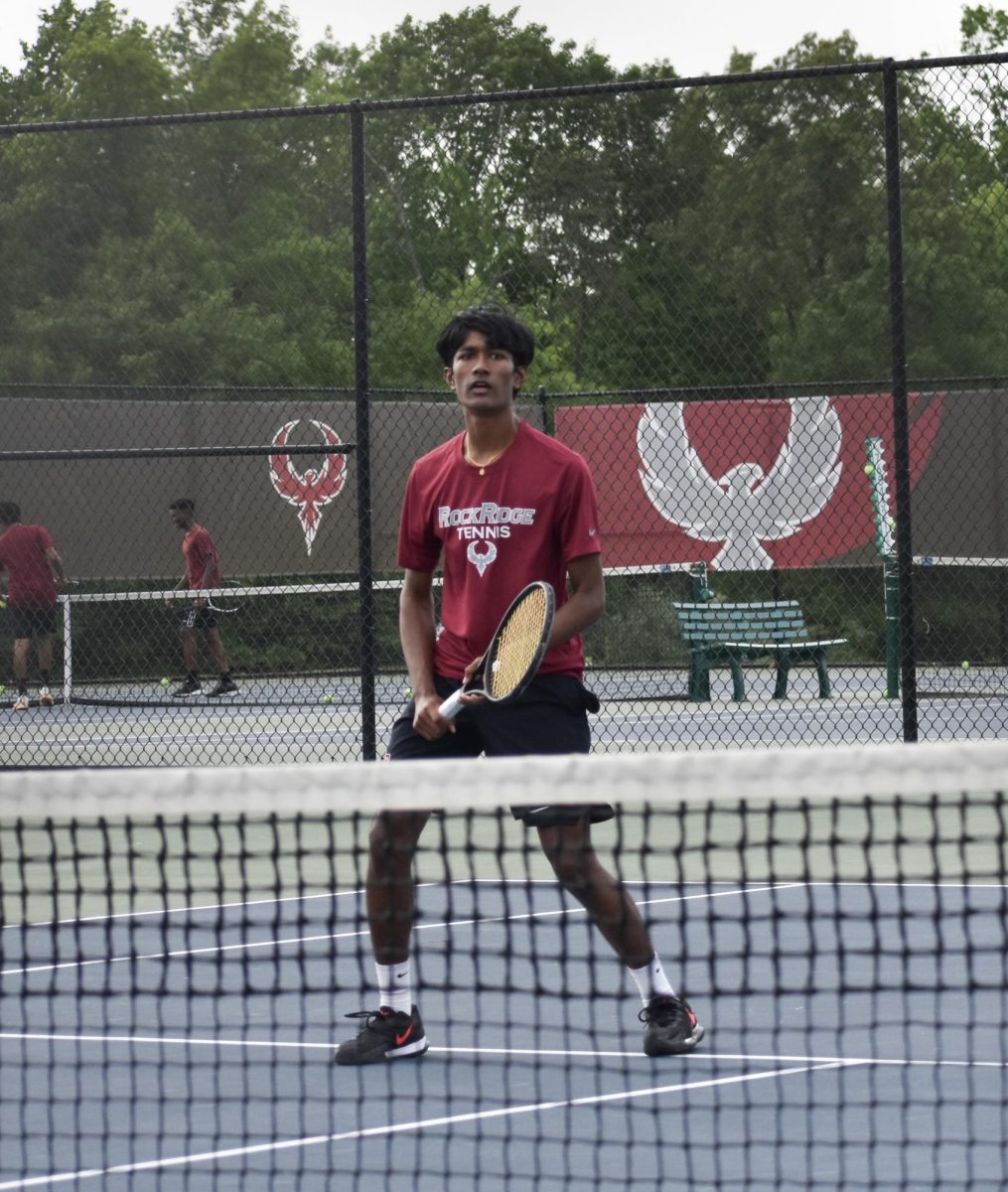

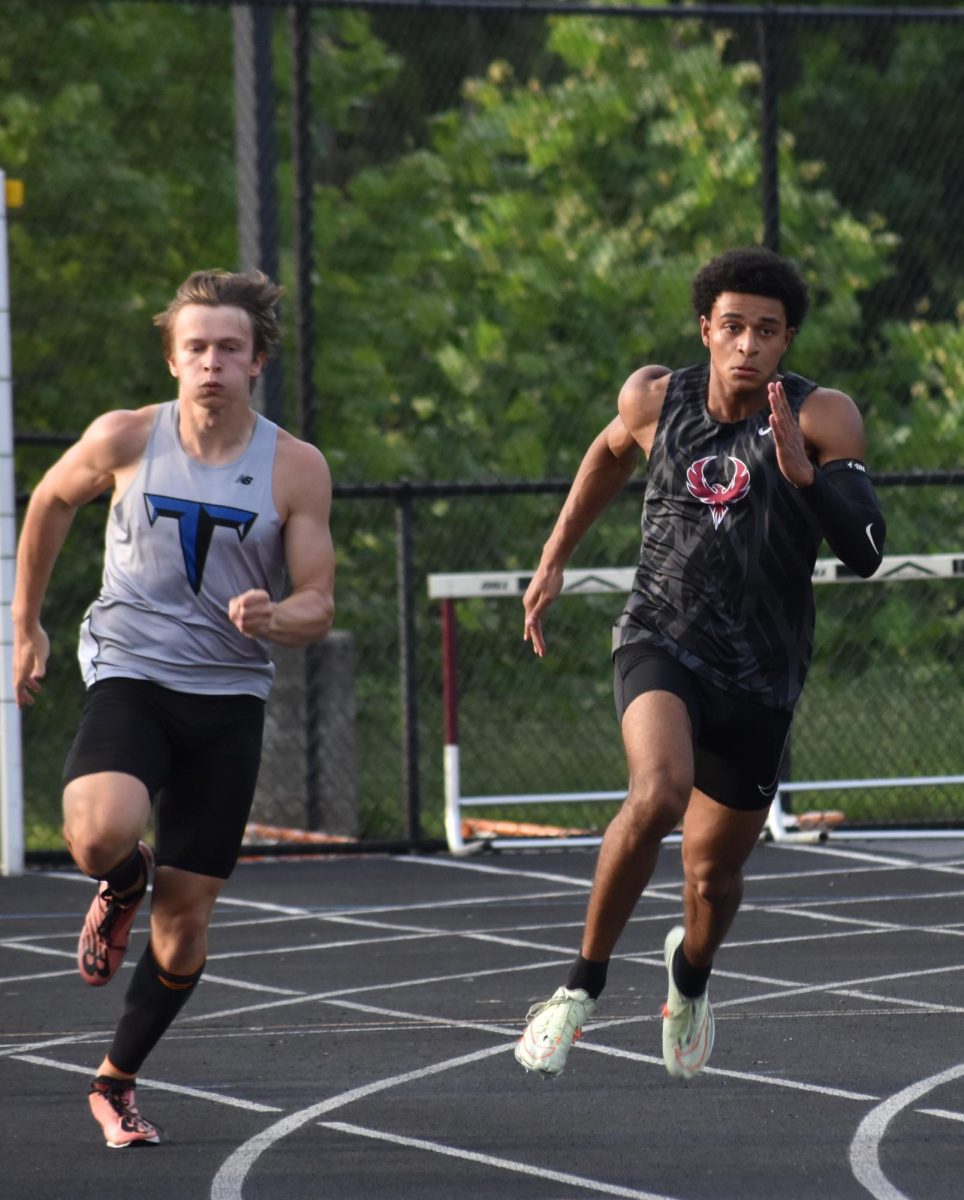
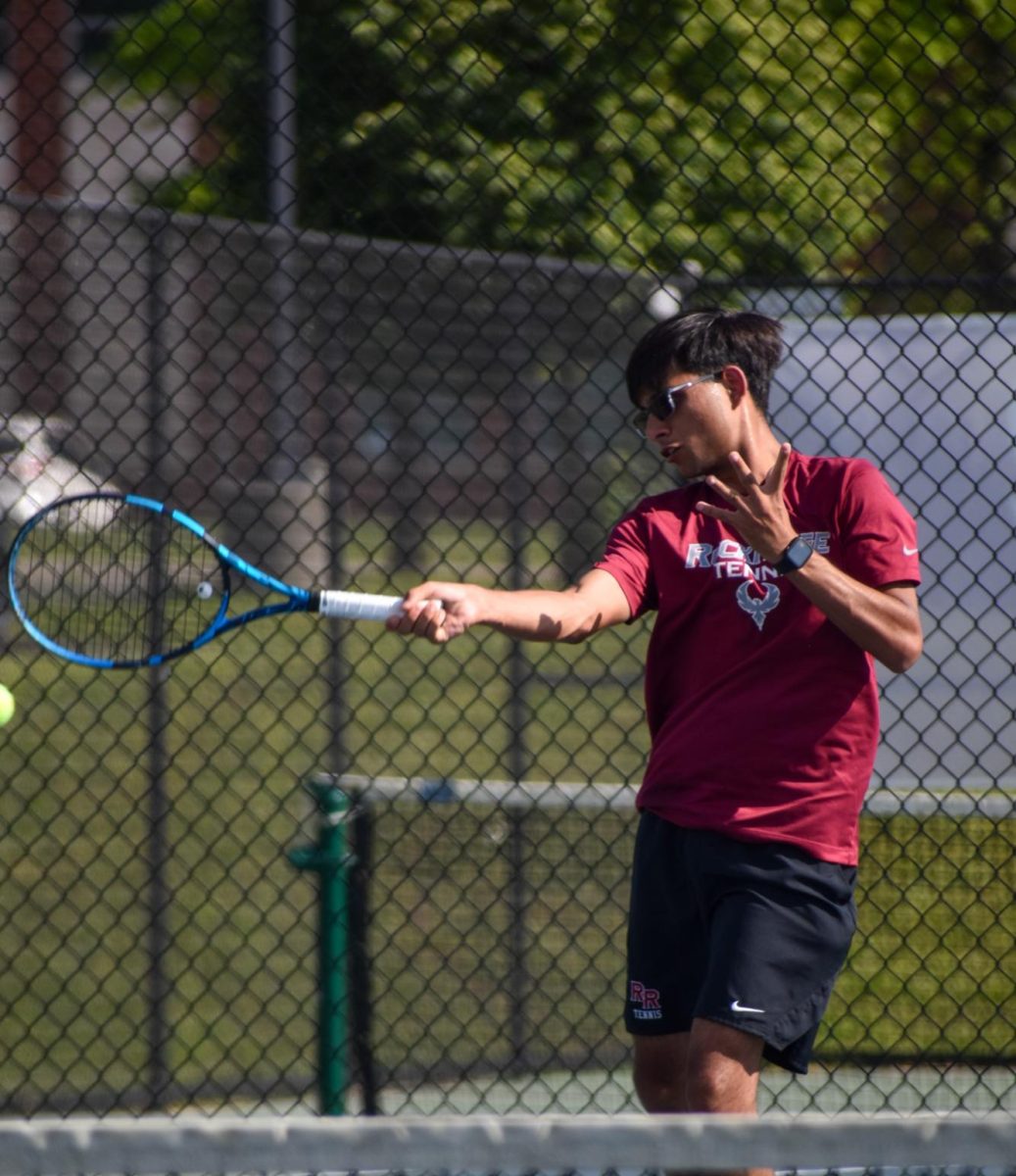
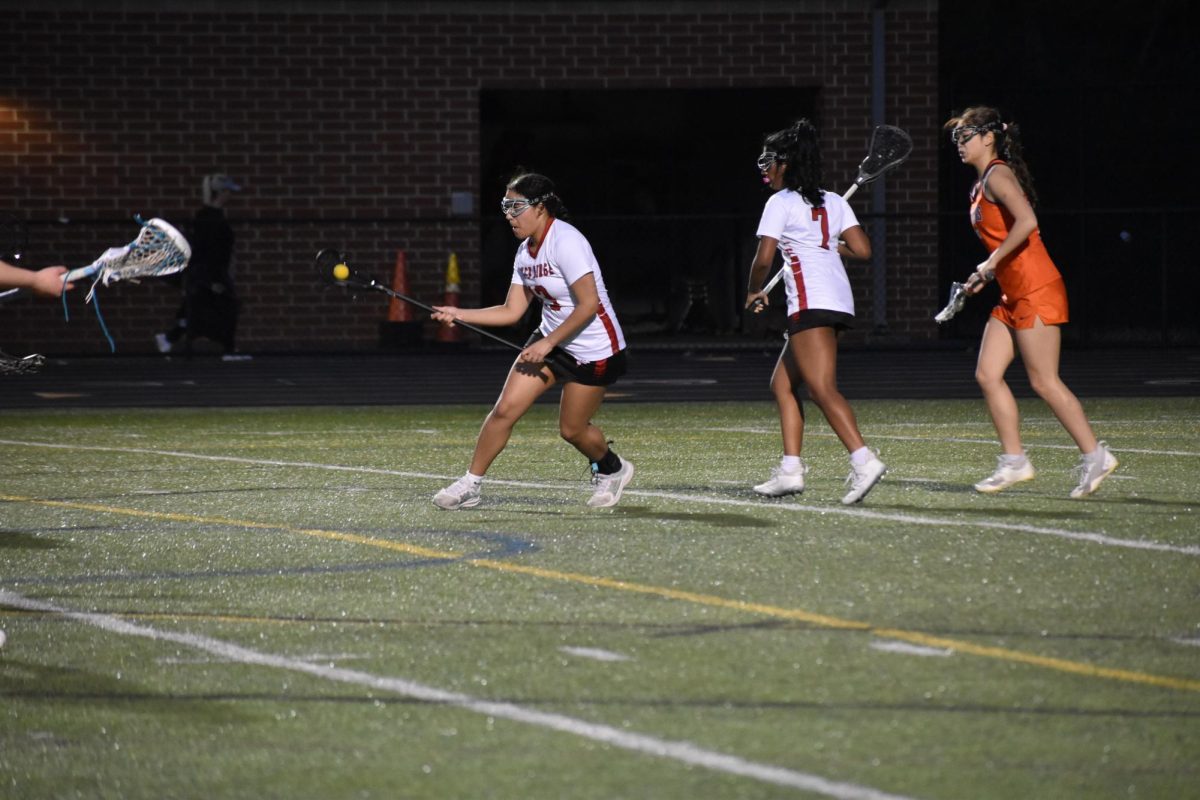
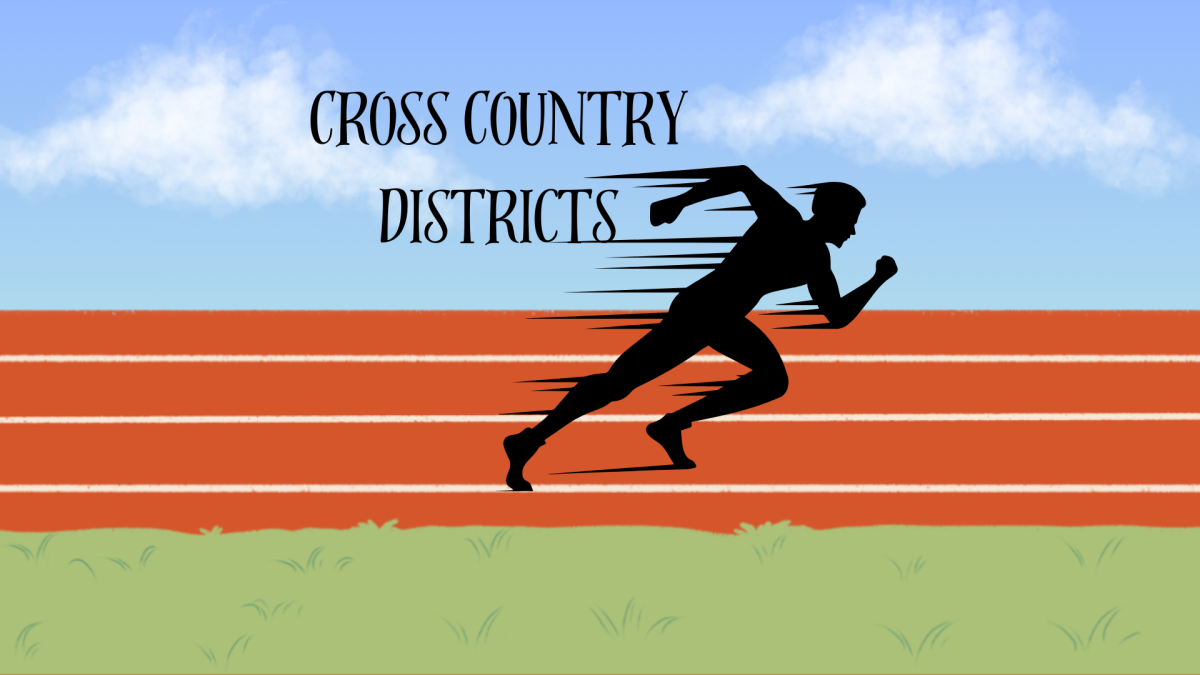
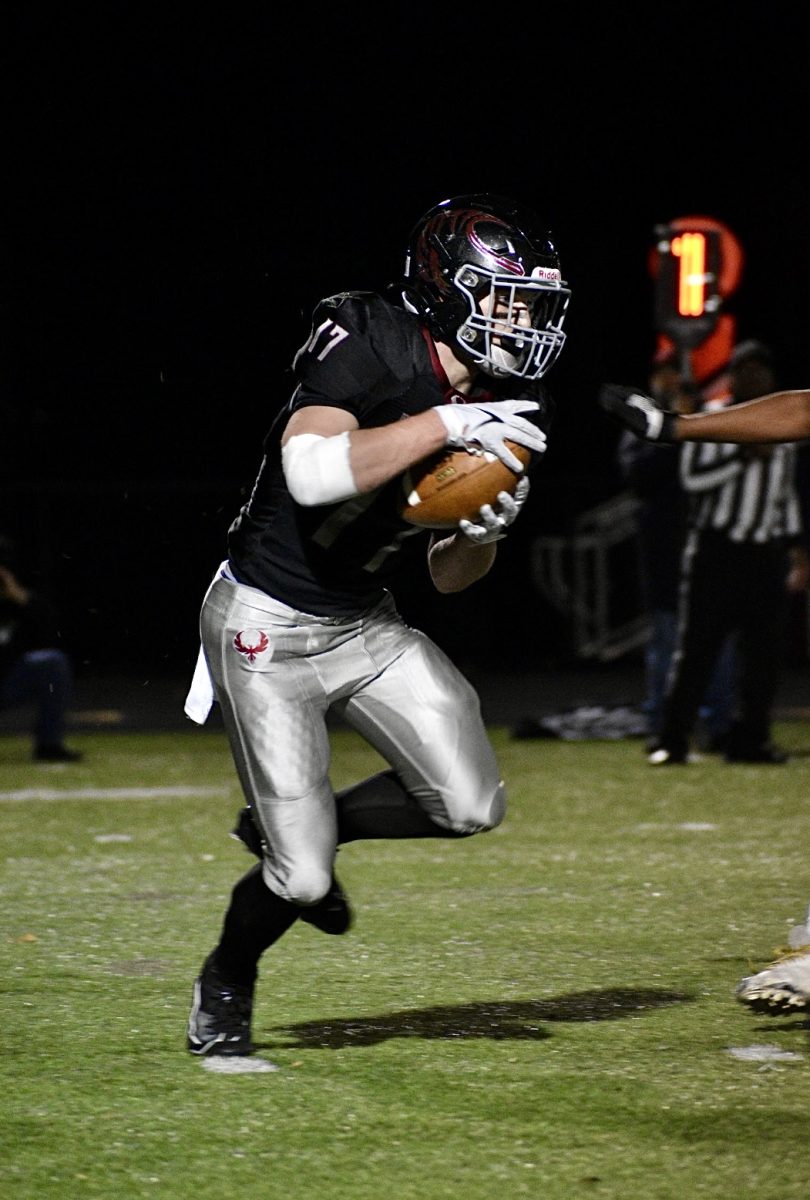
![Held up by a group of cheerleaders, flyer sophomore Leyu Yonas poses as part of a stunt, also supported by flyer junior Shayne Mitchell behind her. (Left) Prior to the pink out football game on Oct. 13, the athletes practiced in the aux gym from 5 p.m. to 6:30 p.m. (Right) On Oct. 19, the cheerleaders competed in their District Championships at Woodgrove High School. “We definitely put all our effort on the mat [at Districts], and it showed,” Mitchell said. Left: Photo by Nadia Shirr. Right: Photo by Steve Prakope via Victor O’Neill Studios.](https://theblazerrhs.com/wp-content/uploads/2023/11/feature-image-1200x823.png)
![Sophomore Xavier Smith (6), the Phoenix quarterback, runs the ball as his teammates help hold up the defense. “My [offensive] line collapses, so I just [have to run], and its a good way to get first downs because [Tuscarora’s] defense was really good,” Smith said.](https://theblazerrhs.com/wp-content/uploads/2023/11/IMG_5383-1200x897.jpg)
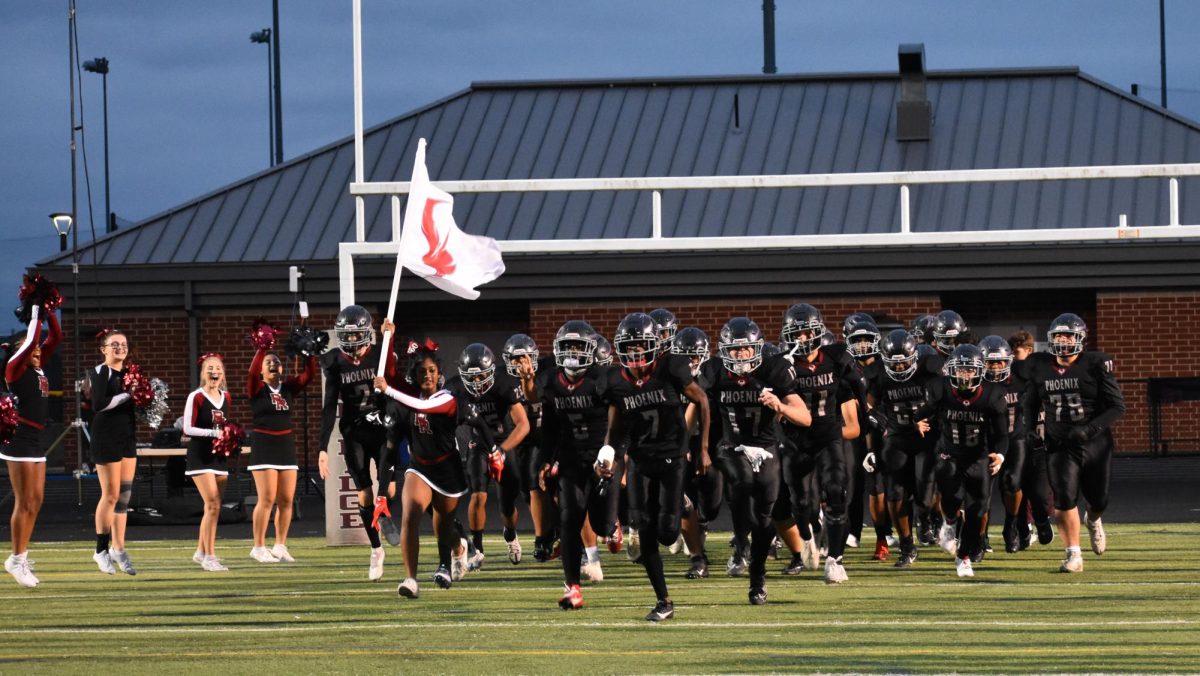
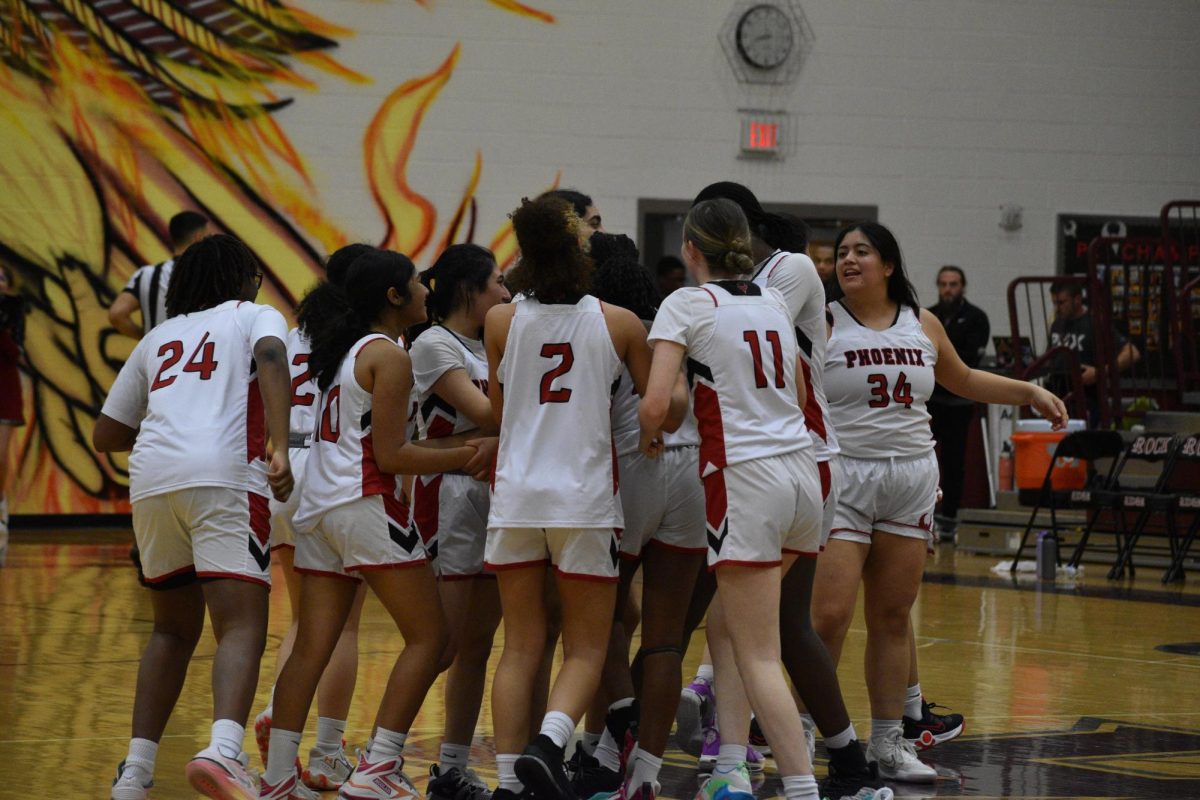
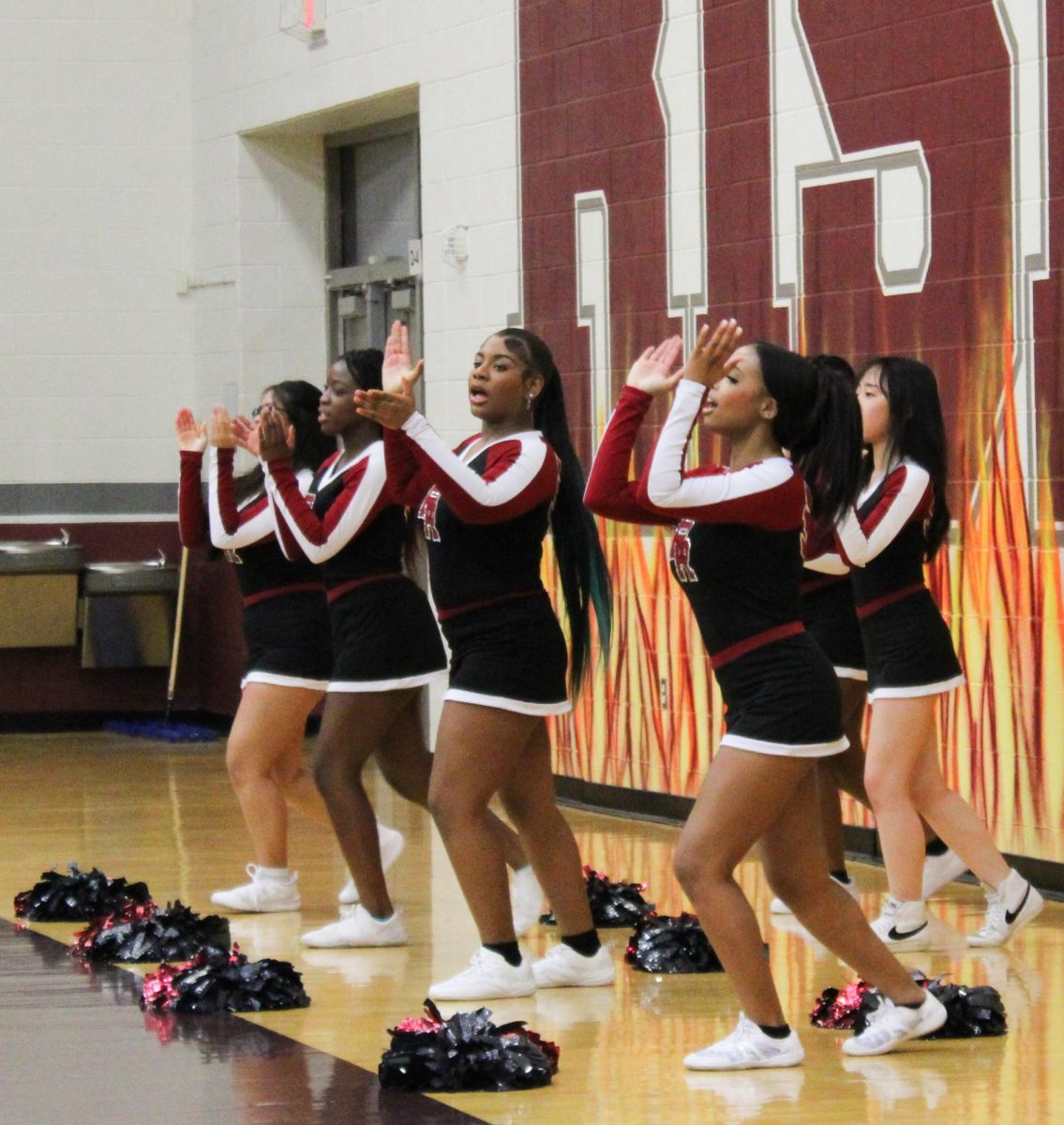
![As the referee throws the ball up for the tip-off, freshman Simone Diby leaps towards the ball to get it in Phoenix possession. Diby is a new member of the Phoenix girls basketball team, and despite it being a change, she finds it enjoyable. “It’s definitely a different experience if you’ve never played on a team, [but] I think it’s still fun.”](https://theblazerrhs.com/wp-content/uploads/2024/03/DSC_0057-1200x662.jpg)
